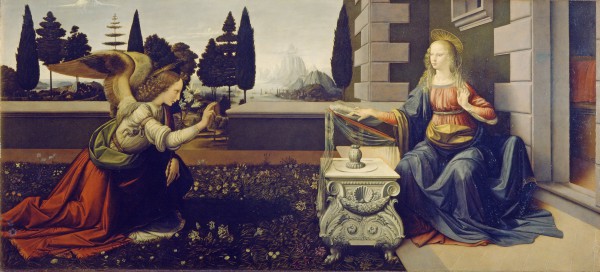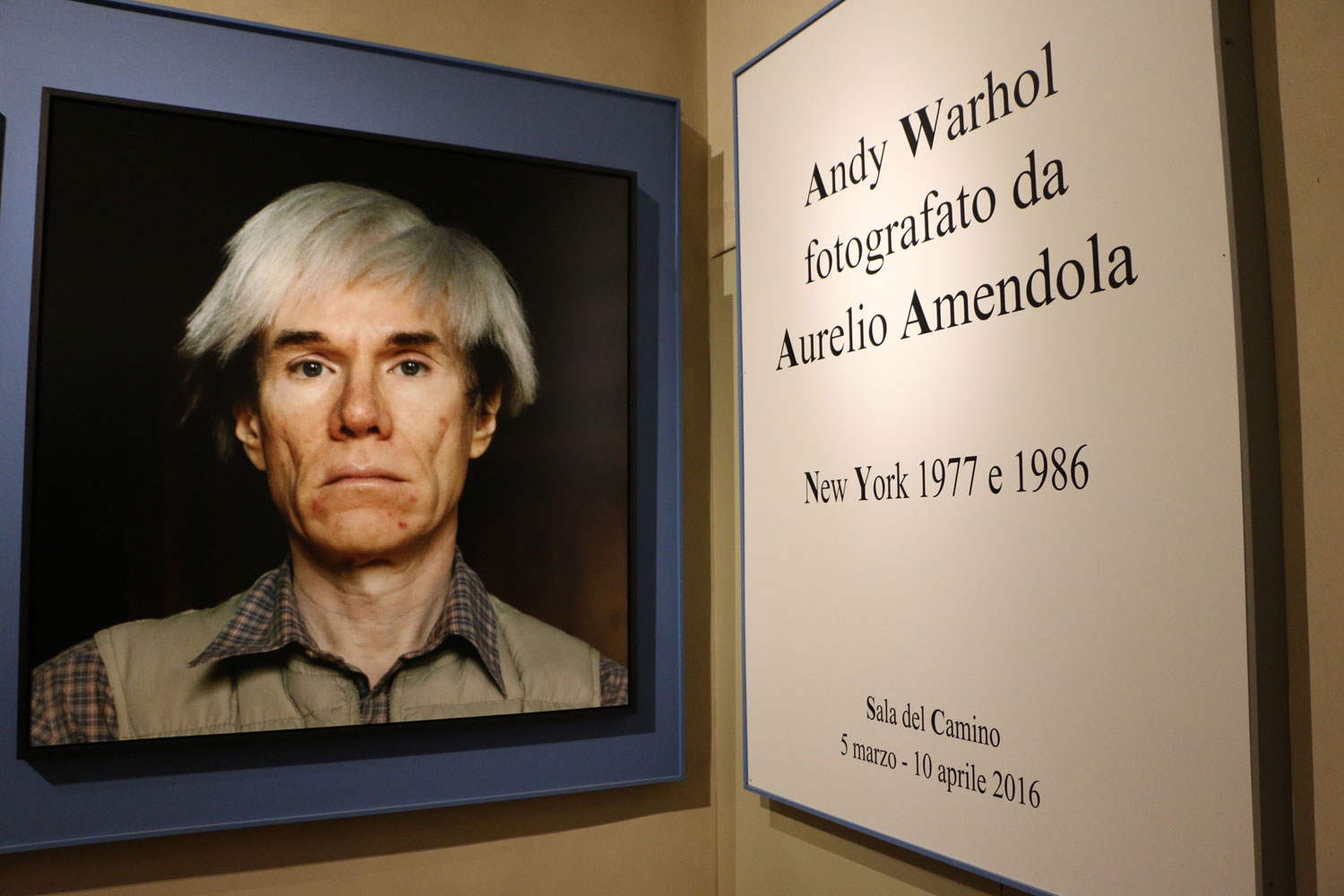
Starting tomorrow, March 5, visitors to the Uffizi Gallery will be able to admire “Andy Warhol Photographed by Aurelio Amendola: New York 1977 and 1986“. The small exhibit is composed of 10 photographs, taken over the course of two meetings in Warhol’s NYC Factory between the internationally-renown photographer from Pistoia and the artist symbol of the pop art movement. Two of the photographs, one in black and white and another in color, have been donated by Amendola to the Uffizi Gallery and after the exhibition will become part of the Uffizi’s self-portraits collection, the oldest and largest in the world.
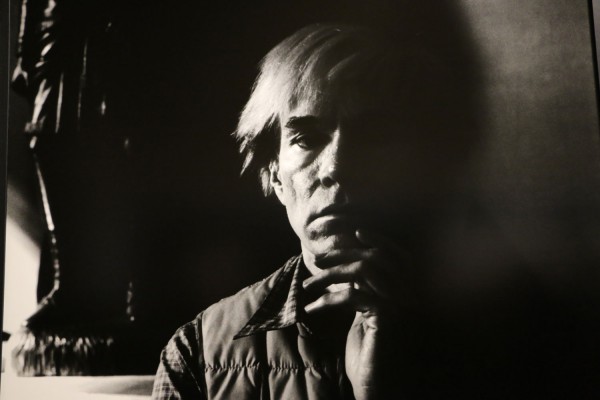
Take a moment to stop on your way into the museum at both this small exhibit, as well as in the Cabinet of Drawings and Prints next door where another exhibit is ongoing on Federico Barroci and his drawings.
“Andy Warhol Photographed by Aurelio Amendola: New York 1977 and 1986”
March 5 – April 10, 2016
First floor, “Fireplace” room (to the right of the entrance to the Cabinet of Drawings and Prints)
Included in Uffizi Gallery admission, opening hours same as the museum
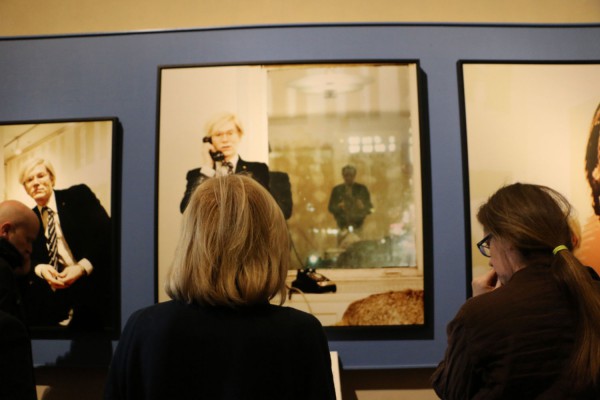

In Italy, it is tradition on Women’s Day to give the women in your life a small bouquet of mimosa blooms to say thank you for all that you do!
To celebrate this year’s International Women’s Day, on March 8th all women can visit the Uffizi Gallery for free! In Florence, free entrance will also be granted to women at all of the museums of the Palazzo Pitti, Boboli Gardens, Accademia Gallery, Bargello, Medici Chapels and Palazzo Davanzati as well as at the Civic Museums, which includes: Palazzo Vecchio, Santa Maria Novella and the Museo del Novecento.
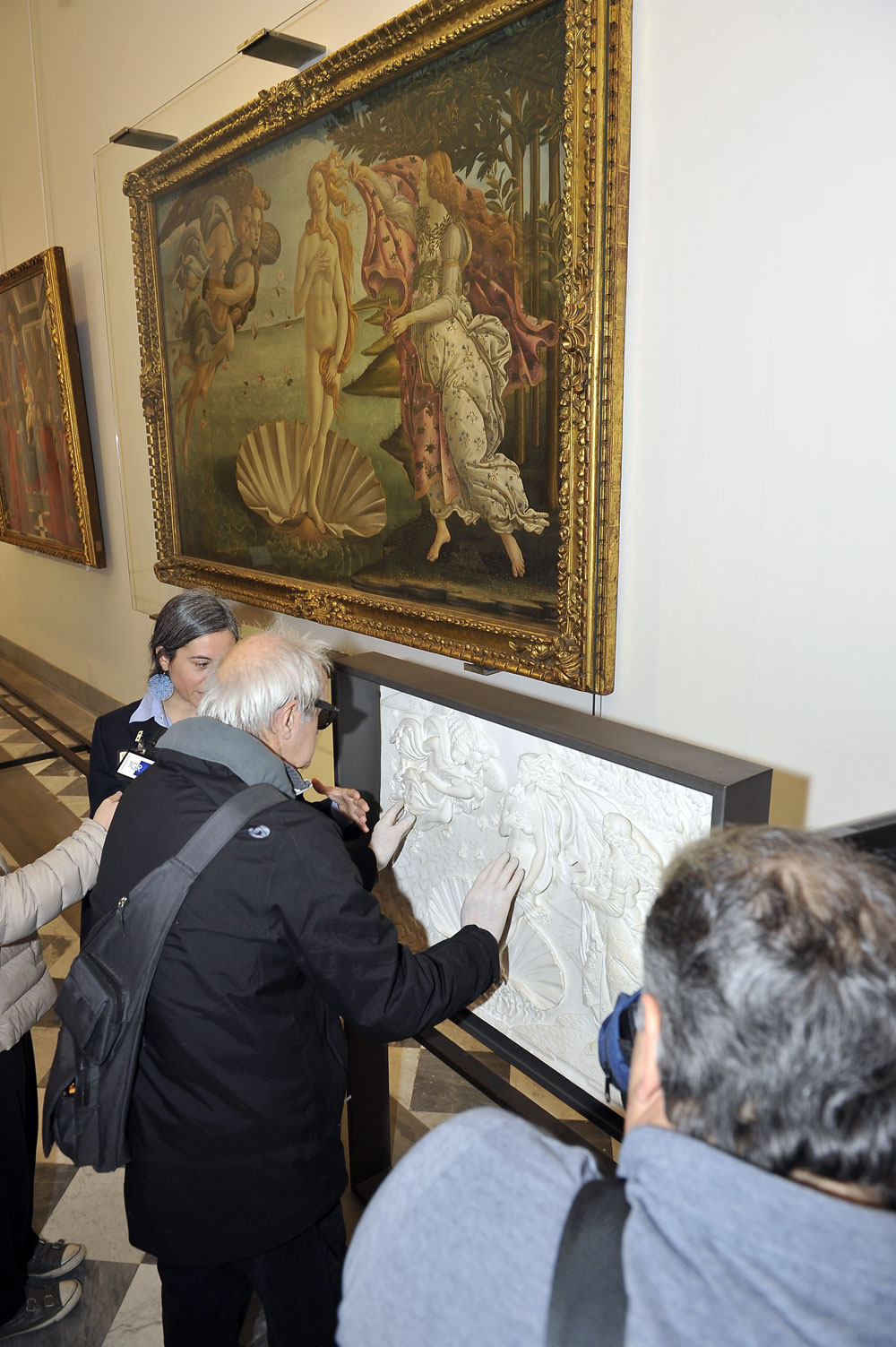
Starting February 5, every first Friday of the month at 10:15am, the Uffizi Gallery is offering the possibility to visitors with disabilities the enjoy the museum in the company of trained personnel.
This is a new opportunity to visit the museum beyond visiting it on your own, with an itinerary especially designed by museum staff to offer a higher standard of hospitality toward and increase the quality of the experience that visitors with a disability have of the museum.
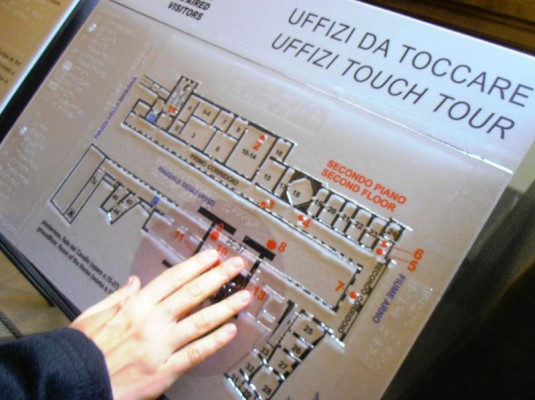
The itinerary takes place along the original classic statue collection of the Medici that is part of the “Uffizi by Touch” tour, but also includes several paintings conserved within the museum.
Visits are reserved to a maximum of 8 participants, including any accompanying people; the meeting point is set in the First Corridor on the second floor, right after your tickets have been checked.
Reservations, handled by the Ufficio Coordinatori del Servizio della Galleria degli Uffizi, can only be made by phone at +39-055-238-8693, between Tuesdays and Saturdays between 2:30 and 4:30pm.
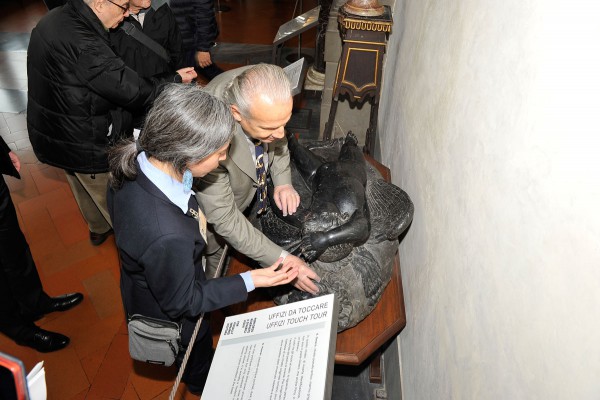
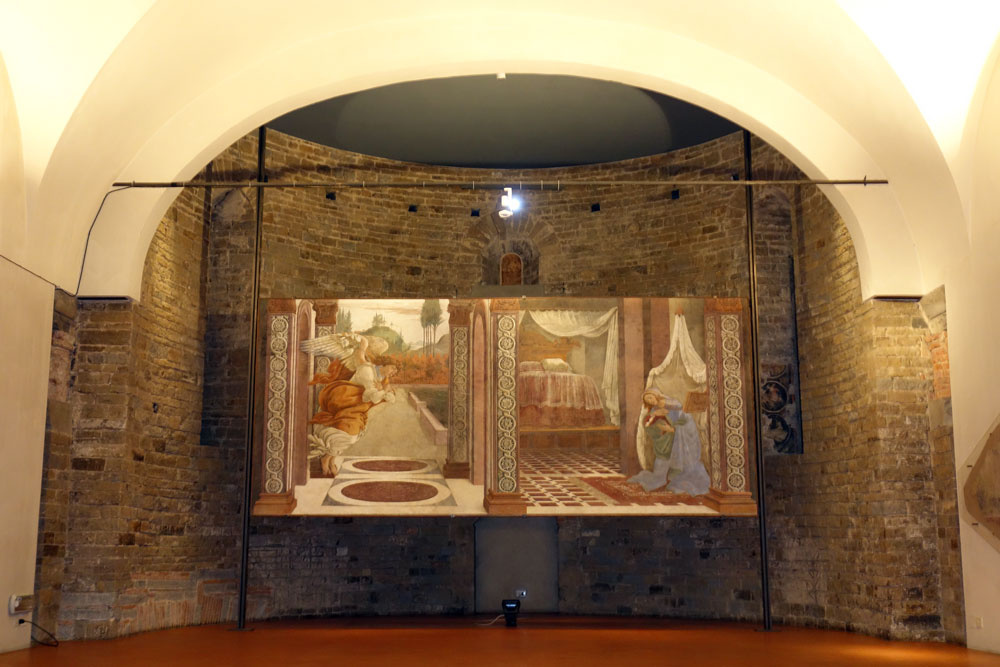
Free guided visits to areas not normally open to the public: reservations required!
This year, the museum is once again offering the chance to visit areas not generally available to the public. The first one is the Contini Bonacossi Collection (where works from the 14th to 18th century are on permanent display) and the other to the ex-Church of San Pier Scheraggio where, among other works, one can admire two works by Sandro Botticelli! For both, reservations are required (details further down).
Visits to the Contini-Bonacossi Collection
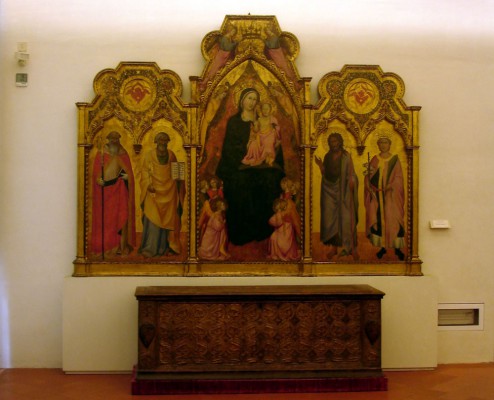
Starting January 13, guided visits to the Contini-Bonacossi Collection will be offered every week on Wednesdays. There will be 4 time slots, two in the mornings (at 9:30 and 11:30am) and in another two in the afternoon (at 2 and 4pm).
This is exceptional change to admire great works of art in the extraordinary collection, with the explanation of works conducted by Uffizi Gallery staff.
The guided visits require reservations, groups will be limited to a maximum of 15 people.
A guided visit to San Pier Scheraggio
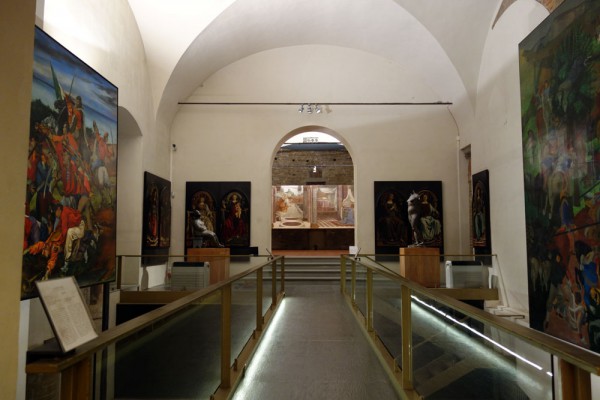
Starting February 5, every first Friday of the month at 3pm, a group will inside the area of what used to be the Church of San Pier Scheraggio, an area normally closed to the public. This is a pity as there are several major artworks inside that these guided visits hope to share with everyone!
Inside, you will find both a series of archaeological finds (three areas that existed below the old church from the 1st century A.C.) as well as fragments of detached frescoes that used to adorn the arches of the old Church dating back to the 13th century, detached frescoes by Andrea Del Castagno, modern works of art from the 20th century by Italian artists Alberto Burri, Corrado Cagli, Renato Guttuso, Marino Marini and Venturino Venturi, the Virtues by Pollaiolo and two works by Sandro Botticelli, Fortitude and the detached fresco of the Annunciation, which is now positioned under the apse of the old Church.
We won’t give any further details…. to find out more, you need to book your spot to visit San Pier Scheraggio. Groups will be limited to 15 people.
Reservations
Reservations for both itineraries is handled by the Ufficio Coordinatori del Servizio della Galleria degli Uffizi and have to made by phone at +39-055-2388693, between Tuesdays and Saturdays and 2:30 and 4:30pm.
Visitors that have booked their guided visit should meet up for both itineraries under the Loggia of the Uffizi right by third door coming from piazza della Signoria (also marked as Gate 1 for prebooked entrance), about 20 minutes before the time for your scheduled visit.
Visitors will need to go through the metal detectors, it is recommended you do not bring umbrellas or large backpacks. The groups will be limited to a maximum of 15 people.
Please note that from July, visits to the Contini Bonacossi collection are suspended until further notice, while the San Pier Scheraggio visits will be on break July and August but will restart on September 3rd.
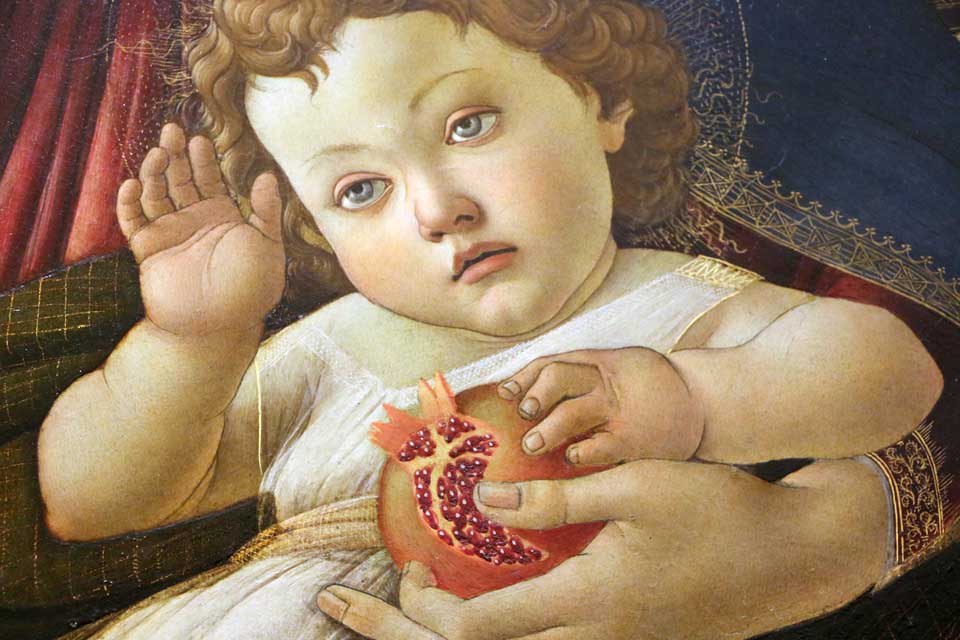
The #DomenicalMuseo initiative continues this year, offering free entrance for all who visit State museums on the first Sunday of the month. The Uffizi Gallery welcomes thousands on these days, so be prepared for a bit of a crush. You cannot book tickets for this date ahead of time.
Free Entrance on these Sundays in 2016
January 3
February 7
March 6
April 3
May 1 (to be confirmed)
June 5
July 3
August 7
September 4
October 2
November 6
December 4
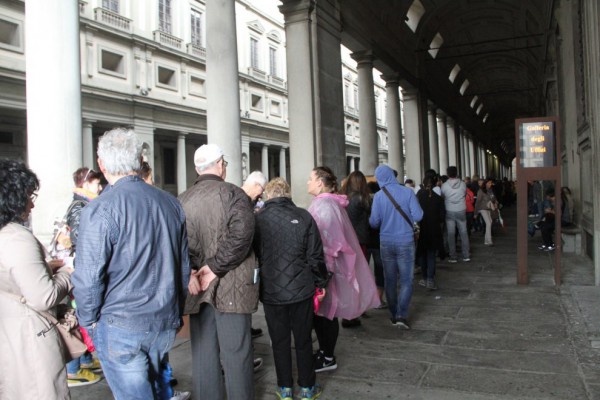
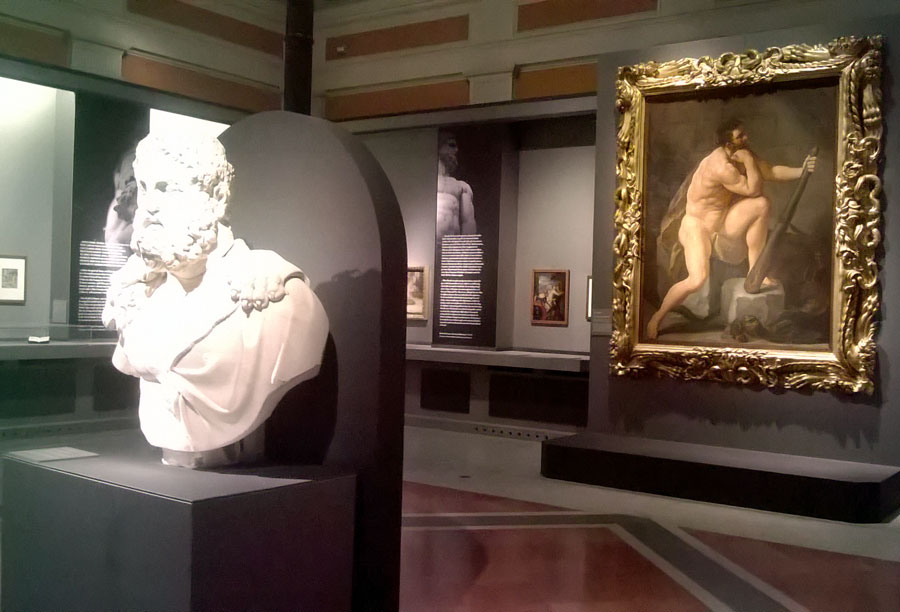
Once again, this year’s edition of the “Mai Visti“, or “Never Seen Before”, showcases works from the Uffizi Gallery normally found within its huge deposits and not seen by the general public. From December 19th until January 31st, 2016, the temporary exhibit curated by Wolfger Bulst with the collaboration of Francesca de Luca, Fabrizio Paolucci and Daniela Parenti, contains 51 works of art that revolve around the theme of Hercules found within the Reali Poste on the right side of the Uffizi (with Piazza della Signoria at your back).
The subject, often present in ancient statues (there are 9 pieces from the Uffizi deposits and from Villa Corsini) and sculpture in all sizes, is at the center of the exhibit that celebrates his extraordinary strength and incredible gestures. The central part of the show focuses on the Labors of Hercules (the Roman name for the Greek hero Heracles) with incisions, paintings and other works of art that illustrate various themes: Hercules at the crossroads between Vice and Virtue, which was hugely popular on its own between the 1400s and 1600s; the hero as a subject of research by antiquarians; the interesting iconography of the Gallic Hercules, which had chains of gold and amber spew from his mouth; Hercules as the defender of the Muses, who defend the arts from the avarice of merchants which represents their most insidious enemy.
To document the more human and fragile side of this great hero of humanity’s imaginary, there is the moment of satire, when Omphale, the queen of Lydia, has Heracles as his slave wear women’s clothes and do women’s work while she wore the skin of the Nemean Lion Heracles won during his first labor and carried his club.
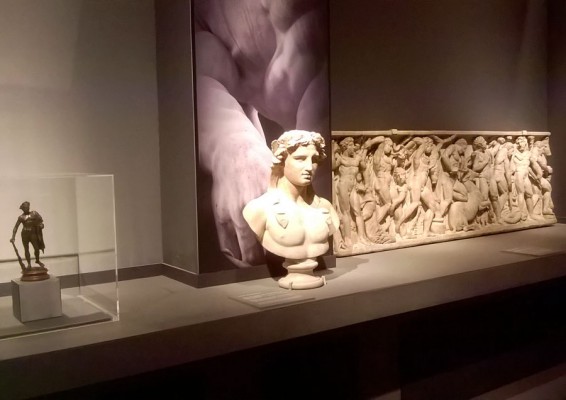
The Myth and the Medici and Florence
While there is no one source that recounts the story of Hercules, his labors are known from works from ancient writers. The character is quite complex, one with incredible strength and heroic attributes while having human aspects, such as his sensibility to love, which in the end is his greatest weakness.
With his labors, he liberates the earth from monsters and evil characters, thus humanity recognizes his labors with a personification of virtue. For this reason, it is clear why in Medieval times the hero becomes a symbol for the Republic of Florence. Then, with when the Medici, and Cosimo de’ Medici in particular, come to power, a calculated decision is to embrace the hero as a propaganda symbol of the virtues of the prince himself. The hero can then be found in the decorations within Palazzo della Signoria, in the main civic piazza in front, in the private garden of Castello and even in the gran-dukes seal, on exhibit.
Francesco de’ Medici continued to celebrate Hercules – in his private study within Palazzo Vecchio and in the ceiling frescoes in the first corridor of the Uffizi Gallery and within the Tribune – but by the Baroque age, the human side of Hercules lost its symbolic importance and was no longer a central figure in large works of art.
A visit to this temporary exhibit is a must while you are in Florence this winter!
The City of Hercules: Mythology and Politics
Poste Reali, Uffizi Gallery
Open every day (except for Mondays, Christmas Day and January 1st)
10 am to 5pm, Free entrance
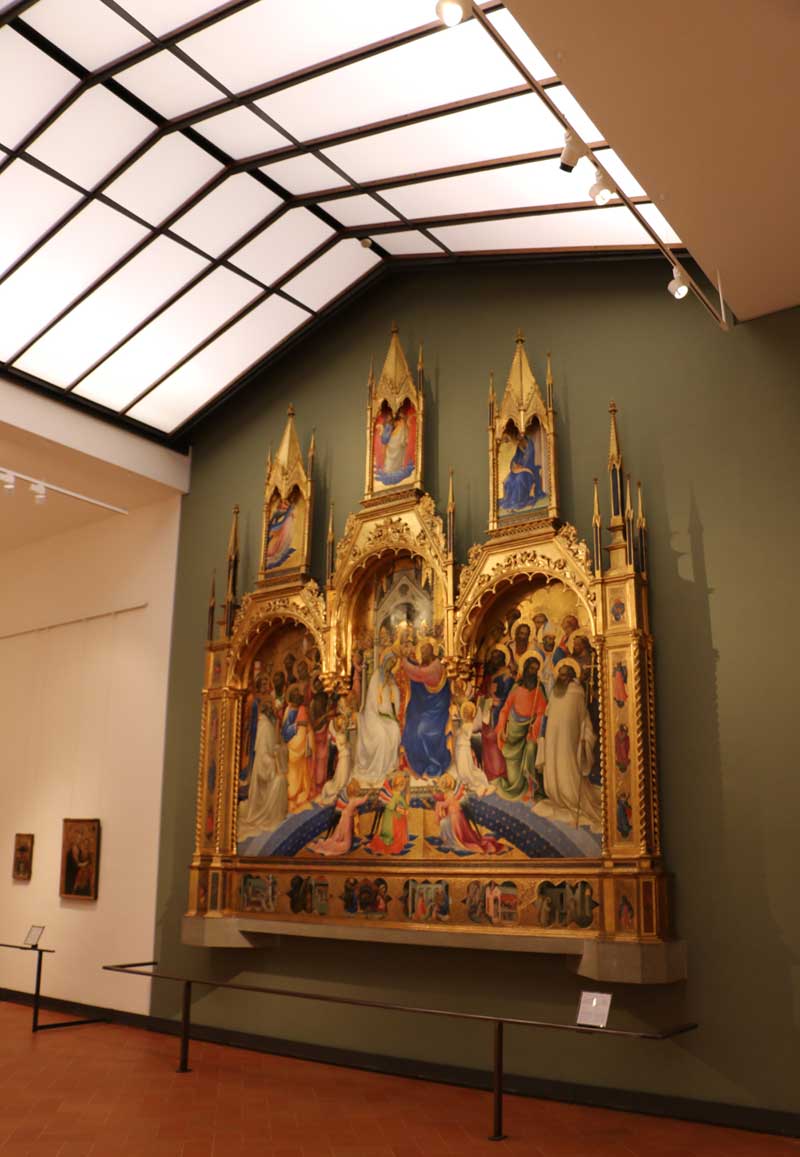
Here are the latest news on the holiday hours for the Uffizi Gallery this month (which also covers the museums of Palazzo Pitti and the Boboli Gardens).
As is the norm, all museums will remain closed on December 25th and January 1, 2016.
The Uffizi Gallery and the Palatine Gallery and Modern Art Gallery at the Palazzo Pitti will be open on December 24th and 31st but will close an hour early – at 5.50om instead of at 6.50pm. Last entrance will be at 5.05pm at all 3 museums.
On Saturday, December 19, the Uffizi Gallery will have special longer hours and remain open until 11pm (last entrance at 10.15pm).
The Boboli Garden (including the Silver Museum, Porcelain Museum and Costume Gallery) will close at 4:30pm daily as per winter hours. They will all be closed completely on Monday, December 28th and Monday January 4th.
All of the museums will be open with normal hours on January 6th, on the Epiphany.
Enjoy your visit to the Uffizi this holiday season!
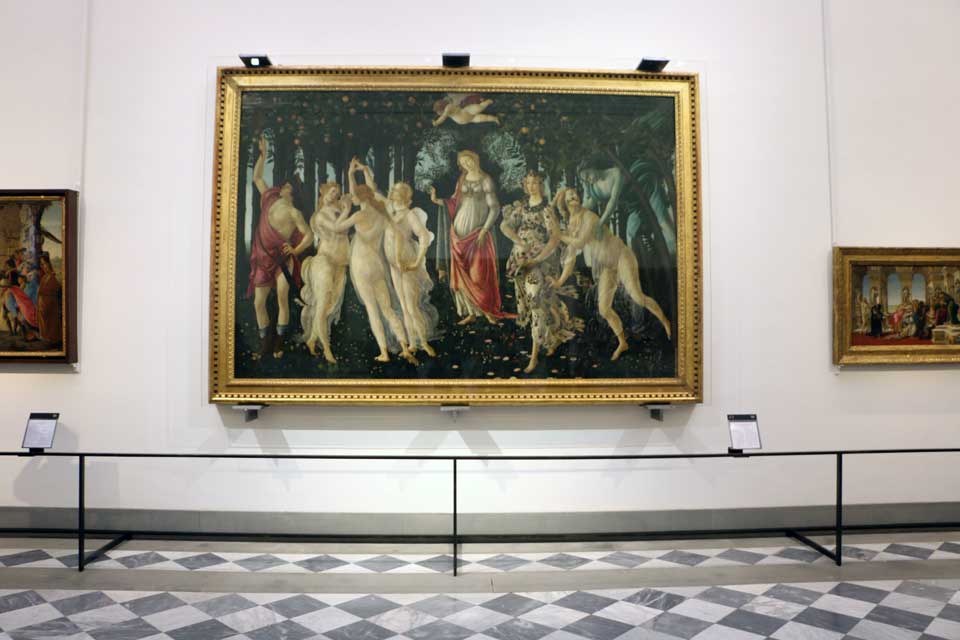
The Uffizi Gallery, usually closed on Mondays, will be open on December 7th to offer visitors to Florence over the long holiday weekend (as the 8th is a national holiday on the day of the Immaculate) a chance to visit.
The Uffizi will be open from 8:15am until 6:50pm (last entrance is at 6:05pm). Normal admission cost applies. The day, being a special opening, cannot be booked online – it can only be booked by phone at 055-294-883.
Please note that the day before, December 6th, entrance into the Uffizi will be FREE to everyone as part of the “Sunday at the Museum” initiative where the first Sunday of every month is free.
If the line is long on Sunday, we suggest going on Monday.
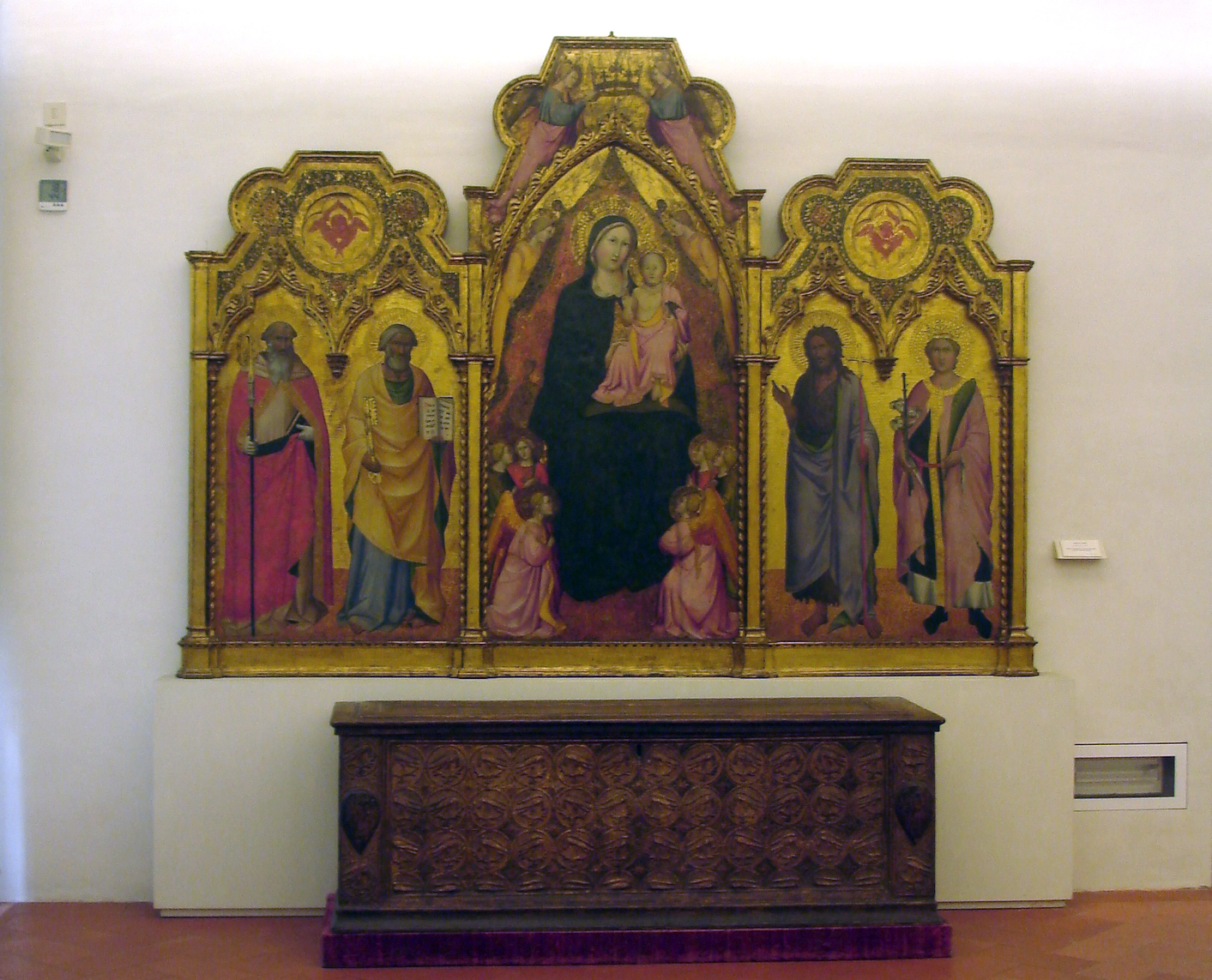
Once again, take advantage of free guided visits to the Contini Bonacossi Collection part of the Uffizi Gallery which is normally closed. The free guided visits are available every Wednesday at 9am and 11:30am and in the afternoon at 2pm and 4pm from now until December 16, 2015.
Groups will be limited to 15 people, so please make reservations to make sure you have a spot: call +39-055-238-8693 between Tuesday and Saturday from 2:30 to 4:30pm. Access to the collection is through the Uffizi Gallery so you do need to pay entrance ticket to the museum – after your visit to the collection, you can return to the Gallery to see the rest of the museum.
Meeting point is at Gate 1 (reserved entrance) 20 minutes before your scheduled visit.
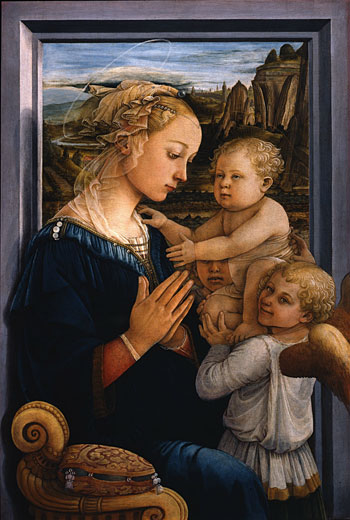
Starting tomorrow, September 22, works by Leonardo da Vinci, Piero della Francesca and Filippo Lippi will temporarily change home. Room 8, with works by Filippo Lippi, will close as the renovation works for the New Uffizi project progress. His most famous works, including the Madonna with Child and Angel (seen above), will temporarily be exposed in the recently reopened Hall 28, which is dedicated to his son, Filippino Lippi. The double portrait of the Dukes of Urbino by Piero della Francesca will find its temporary spot in Hall 22, which houses works by artists from Emilia-Romagna from the 15th century.
Then from Tuesday, October 6, Hall 15 will also close. The room houses Leonardo da Vinci‘s Annunciation and Baptism of Christ, which during the period of renovation will temporarily be in exposition in Hall 79, on the first floor.
Both halls are planned to reopen between Spring-Summer 2016.
